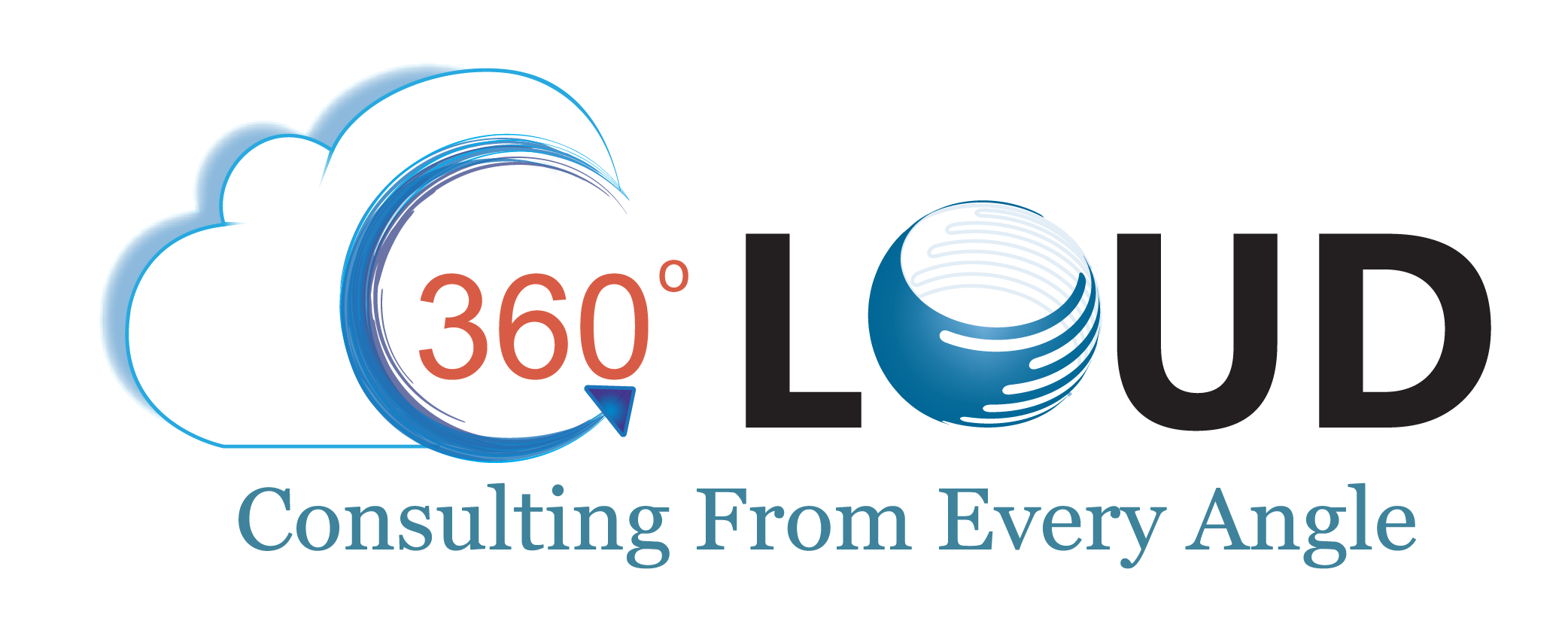Which are the best available Off-The-Shelf Connectors for Salesforce?
23 Dec 2022
Table of Contents

Salesforce has grown from being a reliable CRM solution to offering different tools and clouds to help our businesses with different functionalities and customization features. Its ability to connect with different parts of the business makes it more efficient, for which there are many off-the-shelf connectors for Salesforce to help users.
With Salesforce integration consulting, users connect their external and third-party applications with their Salesforce org. This ultimately makes this easier for them to access information from any application within Salesforce.
Table of Contents
What are Off-The-Shelf Connectors for Salesforce?
Off-the-shelf connectors for Salesforce simplify connecting standalone systems or applications with Salesforce, thus making it easier to share information.
Let’s look at some of these popular connectors that help with Salesforce integration and understand their functionalities.
1. Slack Connector
With Slack becoming a member of the Salesforce family, it has become important that Salesforce and Slack should have an efficient connection between them.
There are different aspects, like the ability to search records while you send a message on Slack, which helps to maintain an efficient cross-team collaboration. This mainly helps when you have complex Opportunities and big Accounts. That’s something Slack Connector makes possible.
This connector enables you to share updated Salesforce information over messaging on Salesforce. It also helps to ensure that users get notifications and alerts without looking into Salesforce.
2. Marketing Cloud Connect
This connector is a managed package you can install in your Salesforce org. Marketing Cloud Connect help Salesforce users to work with both Salesforce Campaigns and data and the Marketing Cloud digital marketing capabilities.
Currently, Marketing Cloud Connect is not available for Lightning. If you try to access it in Lightning, you’ll be redirected to Salesforce Classic.
Even though the connector is not available for the Lightning interface, Salesforce has taken extra measures to ensure all steps of the journey are covered with the integration. Salesforce helps take you through all important aspects, whether just a prerequisite checklist or testing.
3. Pardot Connector
With the help of Pardot Connector, Salesforce users can use APIs to send Salesforce data to Pardot. This is possible by synchronizing between the systems every 2-4 minutes. Since the sharing pattern between Salesforce and Pardot is quite unique, Salesforce users need to discover what data can be synchronized when connecting the systems.
How you set this connector depends on the way the respective users want to use this integration. But before starting the work with the connector, the user must set the right Salesforce permissions.
4. Tableau Connector
If we talk about the partnership between Salesforce and Tableau, it goes way back, even before the actual acquisition of Tableau. Salesforce users always had a way of integrating these two systems, which kept getting better with each release.
This connector to integrate Salesforce and Tableau can be accessed with Tableau Desktop and Online. But along with this, there’s a ‘quick win’ that is free and readily available for users.
5. MuleSoft Salesforce Connector
It can be fun for a Salesforce Architect to integrate Salesforce with the applications a business uses. But the process is not as easy as installing an app from AppExchange. What options could be used if a connector or a managed package is inefficient for conducting the integration?
The key to success here is to combine one of the MuleSoft Salesforce Connectors with any third-party system within the Mule Integration app.
Choose from the Best Off-The-Shelf Connectors for Salesforce
Integrating your apps with Salesforce is something you can’t ignore when focusing on easier data access and enhanced usability. What you need here is a way that’s reliable and cost-efficient.
Bringing your third-party apps together with Salesforce would not be an issue when you find the right off-the-shelf connector. Contact us to get help from our trusted Salesforce consultants and find what connector would work well for you.
About the author
Editorial Team – 360 Degree CloudThe Editorial Team at 360 Degree Cloud brings together seasoned marketers, Salesforce specialists, and technology writers who are passionate about simplifying complex ideas into meaningful insights. With deep expertise in Salesforce solutions, B2B SaaS, and digital transformation, the team curates thought leadership content, industry trends, and practical guides that help businesses navigate growth with clarity and confidence. Every piece we publish reflects our commitment to delivering value, fostering innovation, and connecting readers with the evolving Salesforce ecosystem.
Recent Blogs
 Salesforce Services
Salesforce Services
How Salesforce Managed Services Optimizes Your Licenses
For many organizations, the annual Salesforce renewal process feels less like a strategic investment and more like a mandatory expense hike. The harsh truth is…
Read More Salesforce Clouds
Salesforce Clouds
Top 10 Salesforce Integration Tools to Connect Your Tech Stack
Gone are those days when businesses used to rely on one or two systems to manage their operations. In this modern tech ecosystem, businesses use…
Read More Salesforce Clouds
Salesforce Clouds
Pardot Salesforce Integration: How Do Both Platforms Work Together?
There has been a constant division between Sales and Marketing teams in many organizations that can directly bring harm to the business. The marketing team keeps…
Read MoreReady to Make the Most Out of Your Salesforce Instance?
Our Salesforce aces would be happy to help you. Just drop us a line at contact@360degreecloud.com, and we’ll take it from there!
Subscribe to our newsletter
Stay ahead with expert insights, industry trends, and exclusive resources—delivered straight to your inbox.



